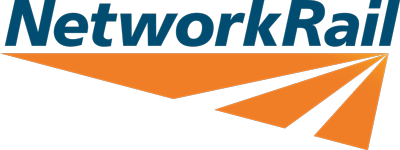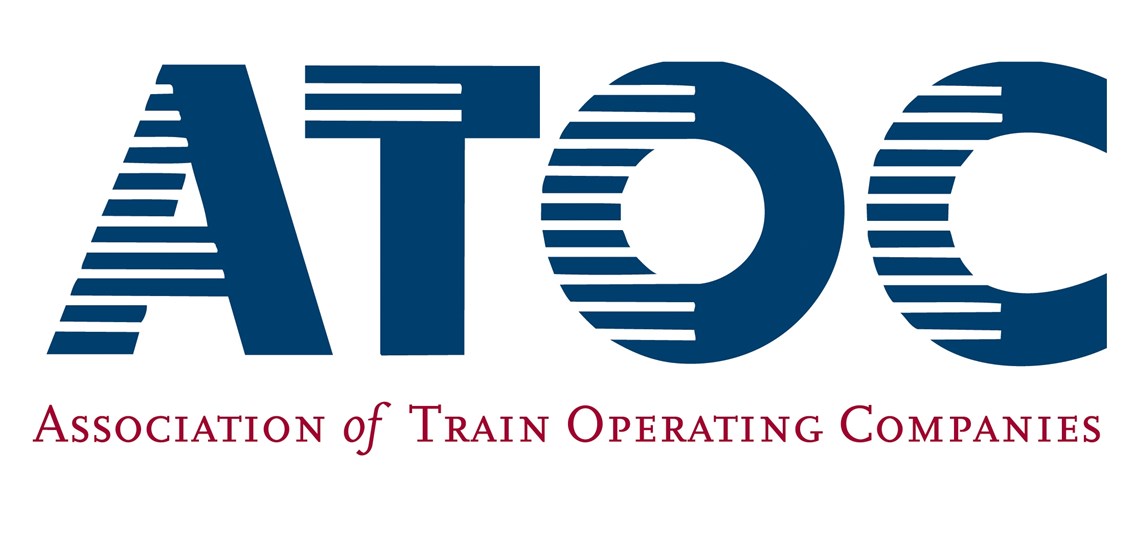Monday 9 Jul 2012
NEW RAIL PERFORMANCE DATA RELEASED
- Region & Route:
- National
Network Rail and train companies have today released more detailed information than ever before about train punctuality, showing passengers the number of services that arrive within a minute of their scheduled arrival time.
The publication of this 'right-time' data is the latest step by the industry to be more open and to make more information available to the public.
During the last 10 years, the railway has delivered a 50% improvement in the numbers of trains arriving early or up to 59 seconds after their timetabled arrival. In 2001/2, 46.9% of trains arrived within a minute; in 2011/12 that had jumped to 69.8%.
Taking into account the large rise in services during the past decade, this represents an 80% increase in 'right-time' arrivals – more than five million in 2011/12 compared to 2.78 million in 2001/2.
This level of detail is a first for any transport industry in the UK or Europe. The rail industry is now looking at how much more detail it can release with the ambition of providing current and historical data on the performance of individual services on the National Rail Enquiries website.
Robin Gisby, Network Rail's managing director, network operations, said: "We are committed to improving punctuality as far as possible but as the numbers of passengers and trains continues to increase, it becomes ever more difficult to do. We will be open and honest with the public about our performance and the capacity constraints we're working under, identifying the investment needed to tackle these constraints and continue to grow and develop the railway into a service of which the British people can be proud."
Michael Roberts, chief executive of the Association of Train Operating Companies (ATOC), said: "Rail passengers now have more information about punctuality in this country than on the continent and more than travellers who fly or drive within Great Britain. These figures show that through the commitment of the thousands of people who work in the railway, many more trains than a decade ago are arriving early or within one minute of the timetable. And our goal is to get better still.”
The railway is booming, with more passenger journeys than at any time since the 1920s, historically high levels of safety, performance and satisfaction, and more than one million more trains running per year than a decade ago. Train companies, Network Rail and other rail organisations are working together to take out billions of pounds in the cost of running the network, thus enabling continuing investment in better performance and more seats for passengers.
Notes to editors
- No other railway in the world publishes the measurement of the punctuality of its rail services within a minute. The vast majority use something similar to the UK's standard punctuality measure (called PPM, or public performance measure) of within 5 minutes for short distance services or within 10 minutes for long distance. PPM was introduced in 1997 to measure punctuality, taking into account cancellations and all causes of delays and making it the most thorough and accurate measure in Europe.
- This punctuality data includes all trains across the whole network and includes cancelled services and all delays whether the fault of the rail industry or due to third parties or by external factors, such as vandalism, extreme weather, persons hit by trains etc. The rail industry aspires to run every train on time but supports its train drivers in placing safe driving ahead of punctuality, even where a small delay may happen.
|
Percentage of trains arriving early or up to 59 seconds of schedule |
||||
|
London and south east |
Long distance |
Regional (inc Scotland) |
National |
|
|
2001/02 |
44.4% |
38.4% |
50.8% |
46.9% |
|
2002/03 |
45.8% |
40.6% |
53.1% |
48.7% |
|
2003/04 |
47.8% |
45.3% |
55.6% |
51.1% |
|
2004/05 |
55.0% |
52.3% |
54.6% |
54.7% |
|
2005/06 |
61.1% |
57.6% |
57.4% |
59.4% |
|
2006/07 |
63.3% |
62.6% |
62.0% |
62.7% |
|
2007/08 |
66.8% |
63.4% |
66.0% |
66.2% |
|
2008/09 |
68.3% |
63.5% |
68.5% |
68.0% |
|
2009/10 |
69.3% |
65.8% |
72.3% |
70.2% |
|
2010/11 |
69.8% |
61.1% |
71.0% |
69.6% |
|
2011/12 |
70.3% |
59.7% |
71.0% |
69.8% |
- The rail industry sets the standard amongst all transport providers for the accuracy and availability of its punctuality data:
- Over the last 12 months, 91.6% of Britain’s rail services have arrived within their scheduled allowances (within 5 mins for short distance services, within 10 mins for long distance)
- The DfT currently publishes monthly statistics on the reliability of journeys on the Highways Agency’s network of motorways and trunk roads in England – the timeliness of journeys is measured against a set reference time drawn from historical data. In the year to April 2012, 83.5% of these road journeys were considered timely
- The Civil Aviation Authority publishes punctuality statistics for the UK’s ten leading airports. In the year to April 2012, 82% of domestic UK flights to and from Heathrow were early or within 15 minutes of due time, with an average delay of 9 minutes (NB. This is landing time, not time to the gate and disembarkation of passengers)
- Publically available data for the punctuality of rail services in Europe is not uniform. A Finnish survey in 2010 of punctuality across Europe found the following:
|
Country |
Punctuality |
|
Belgium |
85.7% |
|
Finland |
88.5% |
|
France |
Not published at this time |
|
Germany |
Not published at this time |
|
GB |
90.8% |
|
Sweden |
87.1% |
|
Switzerland |
96.6% |
NB. All of the above (except GB) excluded train cancellations from figures and also excluded delays caused externally (fatalities, vandalism etc). Most measured within 5 mins at destination station, although Finland measured within 3 mins. Some only measured peak services or arrivals at major termini
- A significant amount of data and information about train services is already in the public domain. This includes:
- Data on performance, complaints, peak crowding, passenger satisfaction (through Passenger Focus’s National Passenger Survey) and levels of public funding in rail
- Network Rail released its first tranche of data at the end of June, with a new information portal on its website. It provides people with easy access to a range of information about Britain’s rail infrastructure operator, including budget and costs of high-profile projects and real-time train running data
- A wide range of information on train services, including timetables and fares, for example, available through train company websites, third party retailers such as The Trainline, and National Rail Enquiries (NRE) website
- Access to the data which makes provision of information on train services possible through multiple channels: for example, NRE has issued more than 100 third party licences (including over 40 for mobile apps on 10 different platforms) for the use of real time travel information
- Rail Settlement Plan, part of ATOC, puts its bulk timetable data set into the public domain, allowing anybody to download the information for free
Contact information
Passengers / community members
Network Rail national helpline
03457 11 41 41
Latest travel advice
Please visit National Rail Enquiries
Journalists
Network Rail press office - National
020 3356 8700
mediarelations@networkrail.co.uk
About Network Rail
We own, operate and develop Britain's railway infrastructure; that's 20,000 miles of track, 30,000 bridges, tunnels and viaducts and the thousands of signals, level crossings and stations. We run 20 of the UK's largest stations while all the others, over 2,500, are run by the country's train operating companies.
Usually, there are almost five million journeys made in the UK and over 600 freight trains run on the network. People depend on Britain's railway for their daily commute, to visit friends and loved ones and to get them home safe every day. Our role is to deliver a safe and reliable railway, so we carefully manage and deliver thousands of projects every year that form part of the multi-billion pound Railway Upgrade Plan, to grow and expand the nation's railway network to respond to the tremendous growth and demand the railway has experienced - a doubling of passenger journeys over the past 20 years.
Follow us on Twitter: @networkrail
Visit our online newsroom: www.networkrailmediacentre.co.uk

